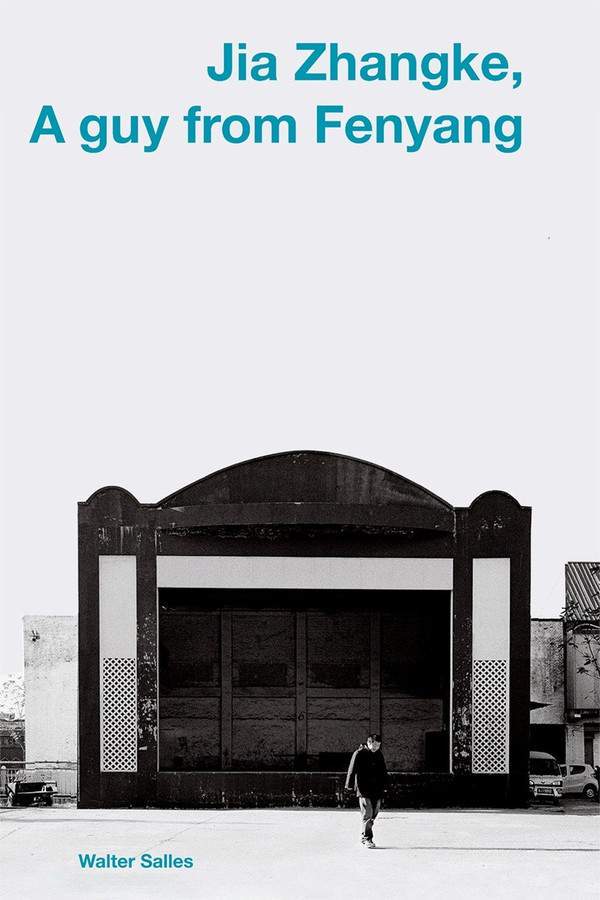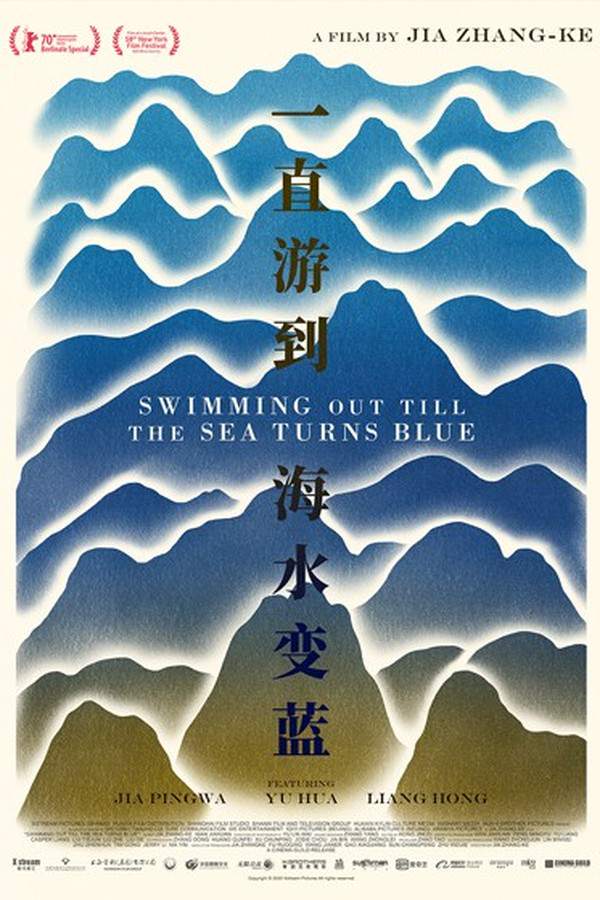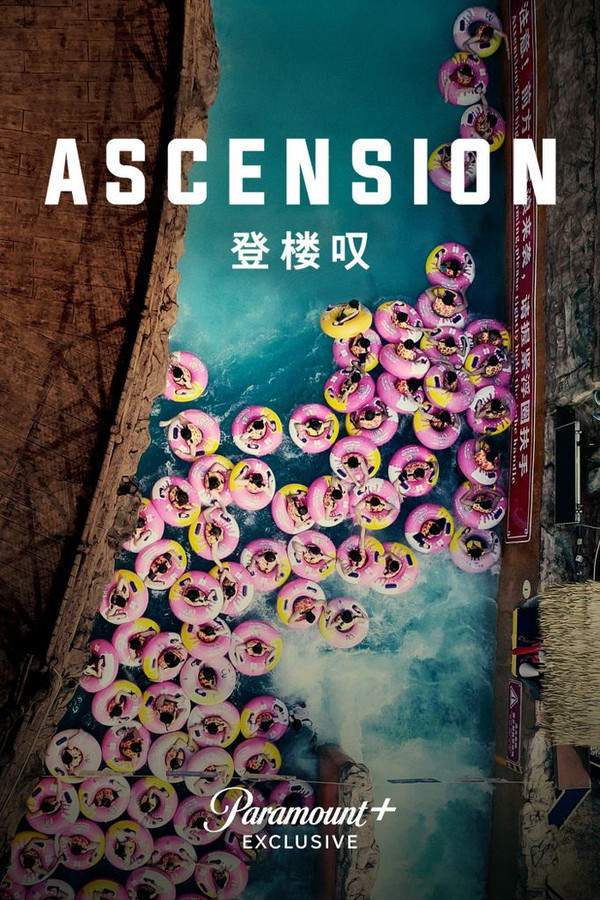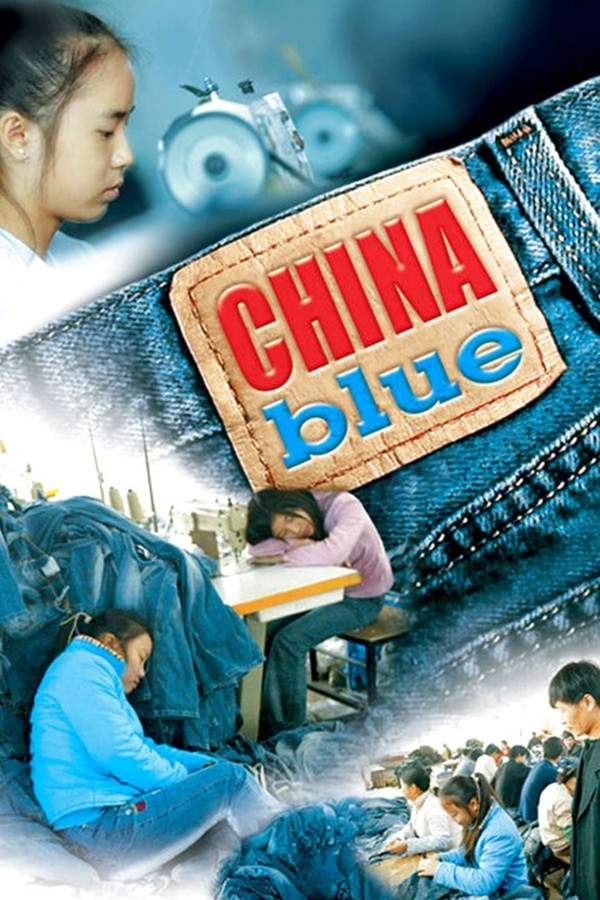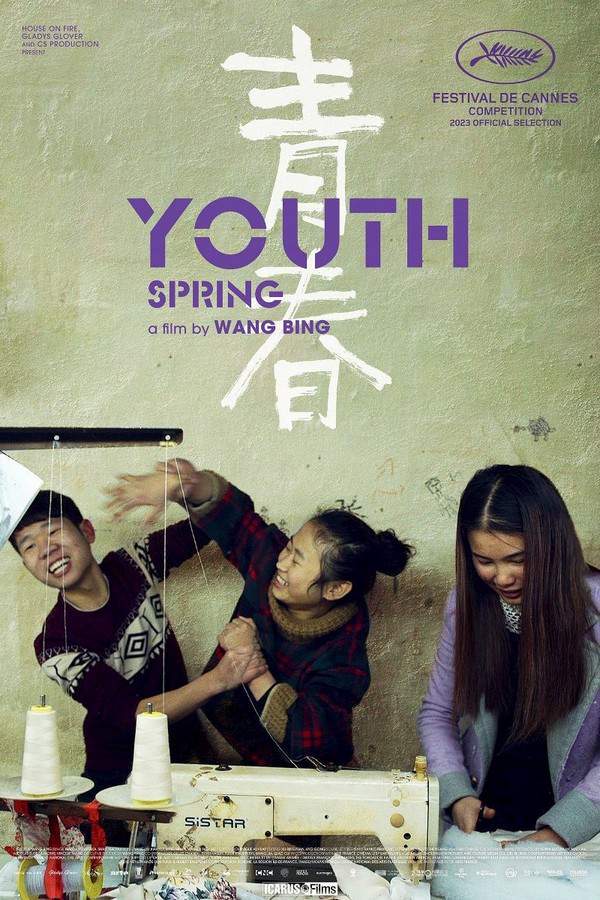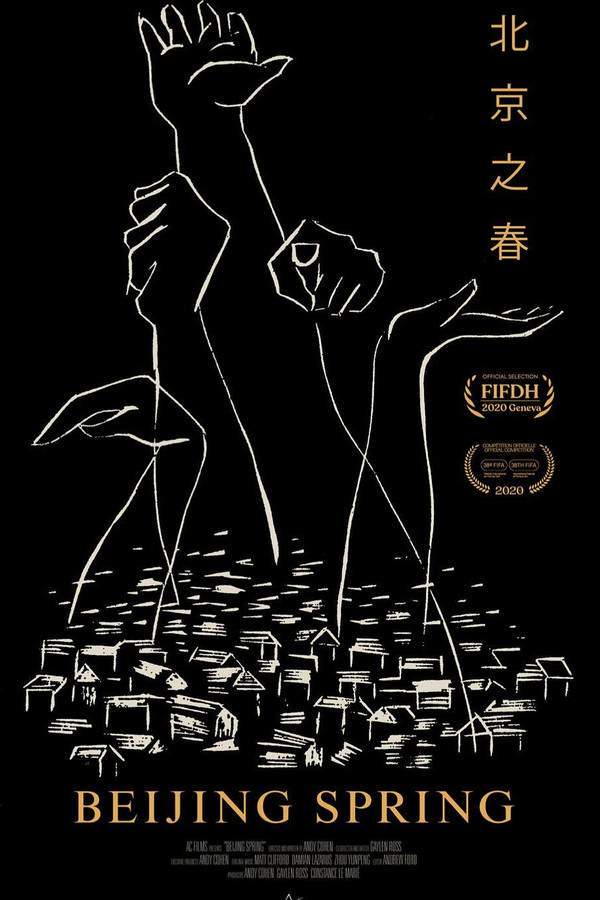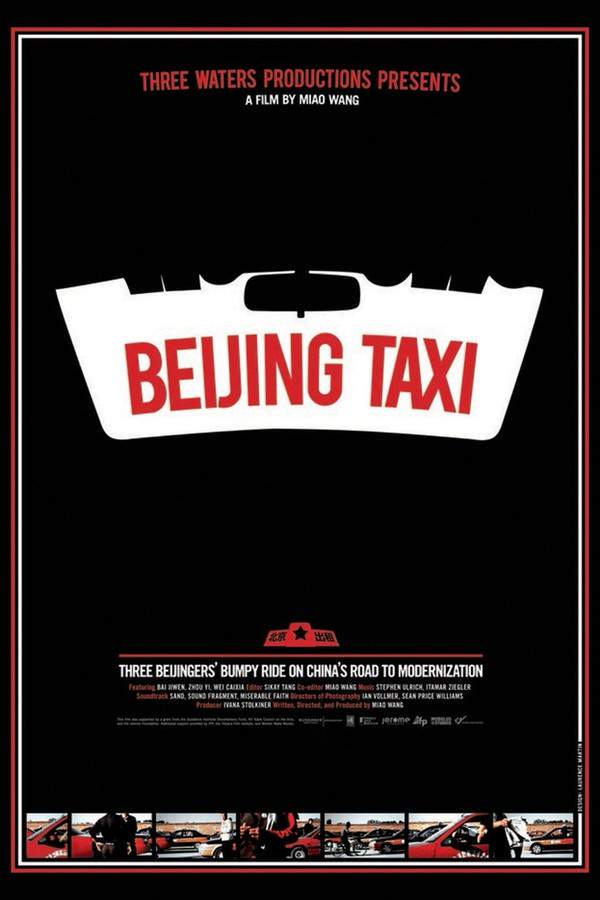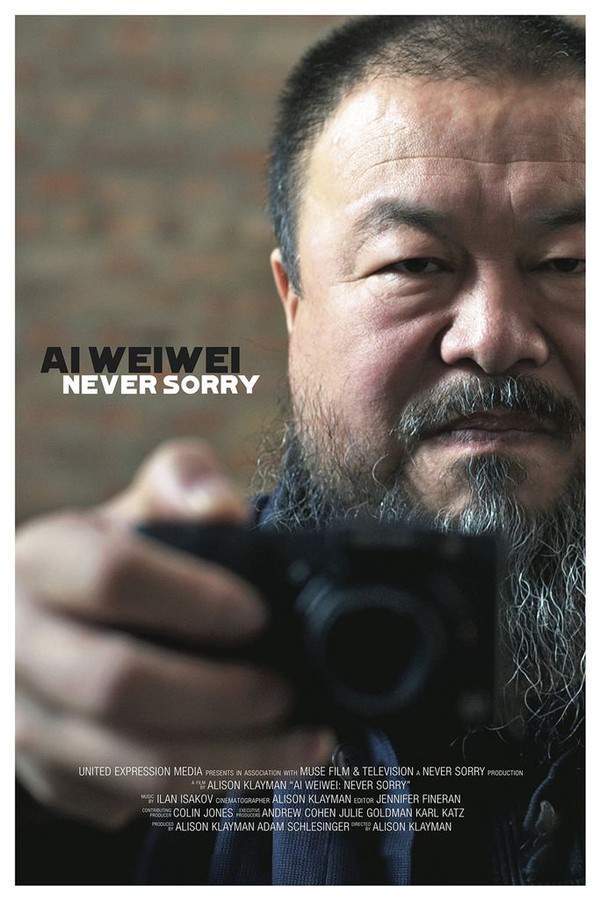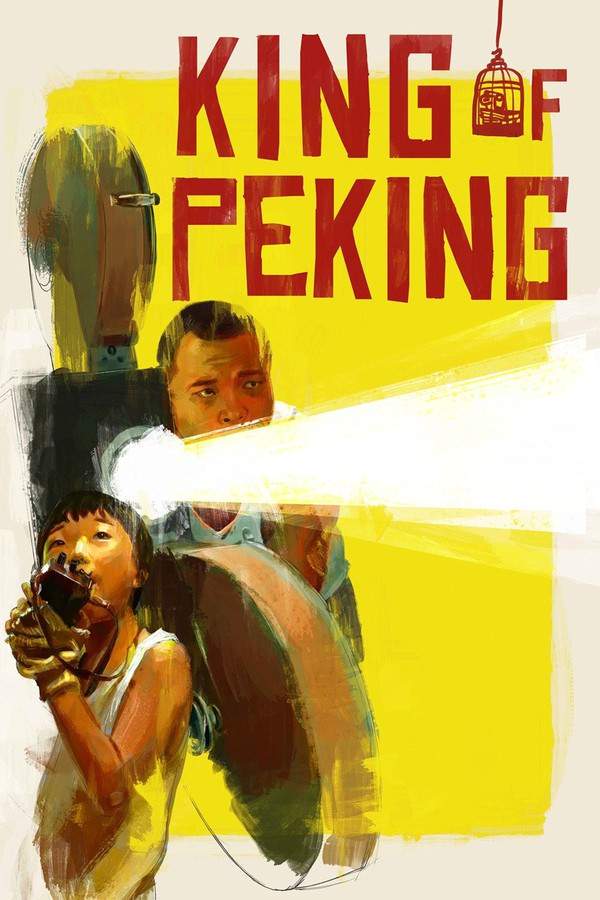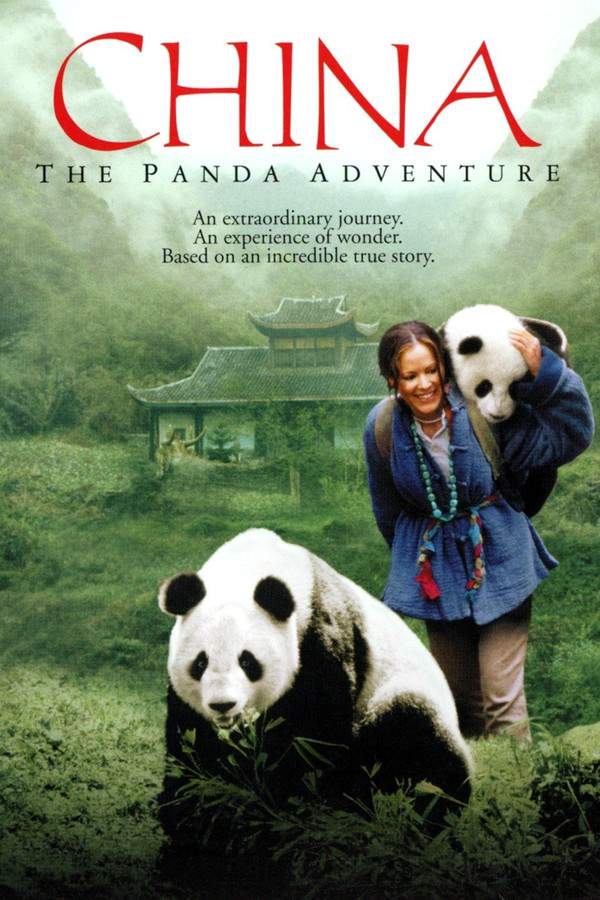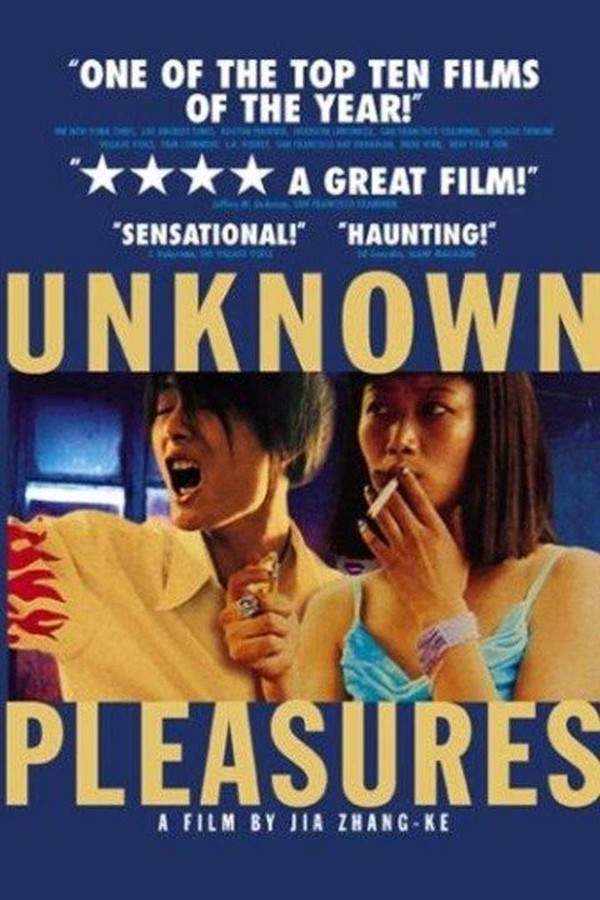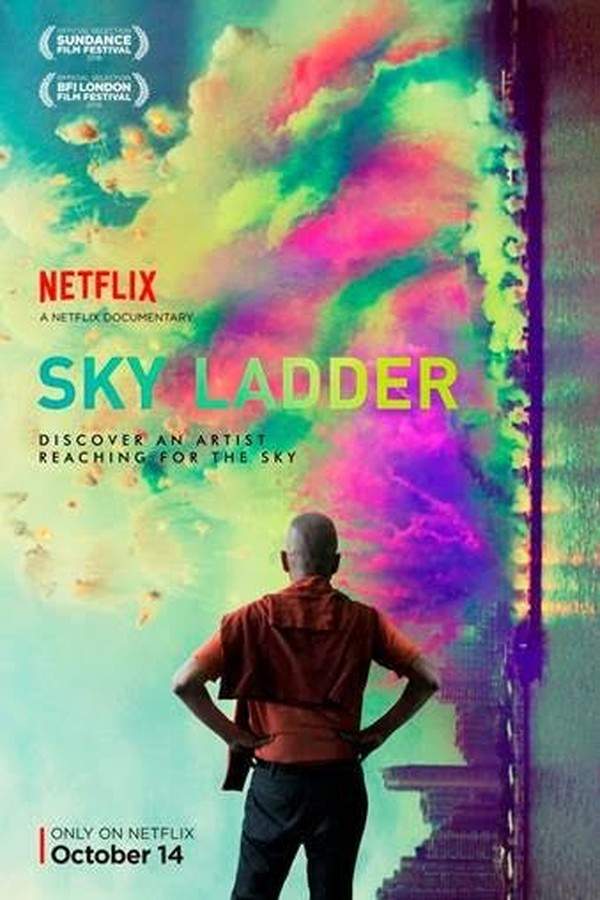Chinese Portrait 2019
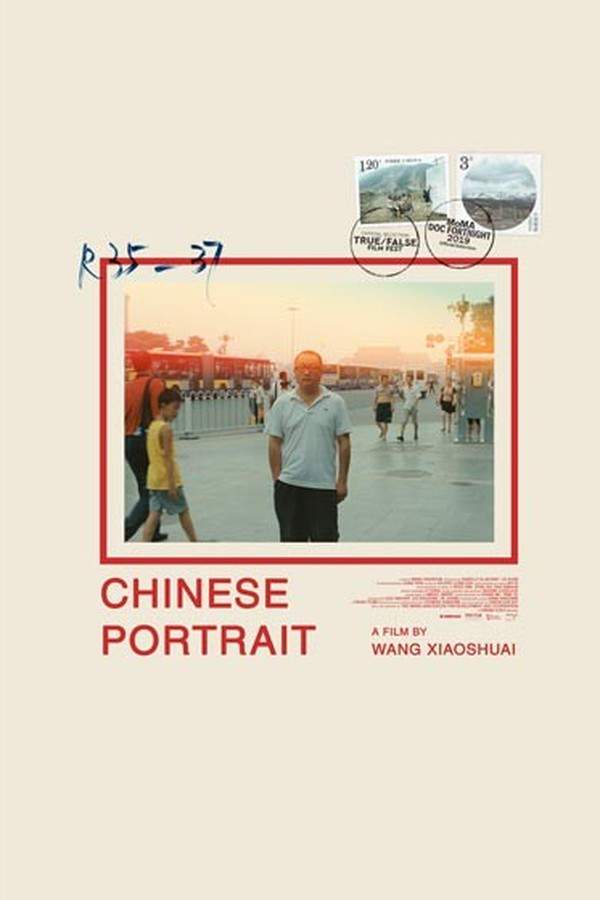
Acclaimed director Wang Xiaoshuai presents a decade-long observational study of modern China. Through carefully composed shots, the documentary explores the nation's evolving landscape, showcasing diverse scenes from vibrant city streets to abandoned industrial sites and serene coastal areas. It offers a thoughtful and nuanced perspective on a country undergoing significant transformation, capturing fleeting moments and revealing a portrait of a nation in constant flux.
Does Chinese Portrait have end credit scenes?
No!
Chinese Portrait does not have end credit scenes. You can leave when the credits roll.
Meet the Full Cast and Actors of Chinese Portrait
Explore the complete cast of Chinese Portrait, including both lead and supporting actors. Learn who plays each character, discover their past roles and achievements, and find out what makes this ensemble cast stand out in the world of film and television.
No actors found
External Links and Streaming Options
Discover where to watch Chinese Portrait online, including streaming platforms, rental options, and official sources. Compare reviews, ratings, and in-depth movie information across sites like IMDb, TMDb, Wikipedia or Rotten Tomatoes.
Ratings and Reviews for Chinese Portrait
See how Chinese Portrait is rated across major platforms like IMDb, Metacritic, and TMDb. Compare audience scores and critic reviews to understand where Chinese Portrait stands among top-rated movies in its genre.

The Movie Echo Score
Chinese Portrait excels as a visually driven exploration of contemporary life, presenting a series of artfully composed images that engage the viewer on an emotional and reflective level. Critics highlight its layered cinematography and empathetic gaze, noting that the minimalist pacing and contemplative structure foreground humanity over conventional storytelling. While some viewers may find the narrative cohesion uneven and the pacing demanding, the film’s arresting visual language and quiet emotional depth leave a lasting impression as a distinctive cinematic work.
The Movie Echo Score Breakdown for Chinese Portrait

Art & Craft
In terms of art and craft, Chinese Portrait offers consistently impressive direction and cinematography, with richly layered compositions that explore depth and tension at the edges of the frame. The minimalist production design and measured editing reinforce the film’s contemplative tone, transforming static tableaux into immersive visual statements. The result is an exemplary display of visual artistry that elevates the film’s thematic resonance.

Character & Emotion
When it comes to character and emotion, the film excels in fostering empathy through simple, unadorned portraits of everyday individuals. Its minimalist approach captures quiet expressions and human interactions, allowing viewers to consider the lived experiences of its subjects. By emphasizing authentic moments of connection and introspection, Chinese Portrait delivers nuanced emotional engagement that resonates well beyond the screening.

Story & Flow
Regarding story and flow, Chinese Portrait embraces a fragmented, telegraphic structure that prioritizes mood and reflection over traditional narrative cohesion. The pacing is deliberately slow, inviting viewers to dwell on individual images but occasionally challenging sustained engagement. Some critics found the film’s installment-like approach unsatisfying as a continuous cinematic experience, while others appreciated its contemplative rhythm. Overall, the narrative coherence is mixed, favoring thematic exploration over plot momentum.

Sensory Experience
In terms of sensory experience, the film’s visual style and sound design form a cohesive and immersive environment. Striking static compositions, subtle ambient audio, and a restrained color palette create a contemplative rhythm that rewards active viewing. The layering of images suggests unseen presences and cultural resonance, while the minimalist soundtrack underscores the film’s reflective atmosphere. This evocative sensory landscape significantly enhances the thematic depth of the work.

Rewatch Factor
As a rewatch factor, Chinese Portrait offers moderate to strong appeal through its multi-layered imagery and thematic subtlety. Repeated viewings reveal new details within its composed frames and deepen appreciation for its contemplative pacing. While the film’s slow tempo may not suit all audiences, those drawn to visual nuance and quiet emotional resonance are likely to revisit its scenes to uncover additional layers of meaning. The film rewards patient and attentive return viewings.

81
Metascore
tbd
User Score


90%
TOMATOMETER

40%
User Score

6.6 /10
IMDb Rating

69
%
User Score

3.5

2.00/5
From 1 fan rating
Movie Themes and Keywords
Discover the central themes, ideas, and keywords that define the movie’s story, tone, and message. Analyze the film’s deeper meanings, genre influences, and recurring concepts.
Similar Movies You Should Know About
Browse a curated list of movies similar in genre, tone, characters, or story structure. Discover new titles like the one you're watching, perfect for fans of related plots, vibes, or cinematic styles.
Quick Links: Summary, Cast, Ratings, More

What's After the Movie?
Not sure whether to stay after the credits? Find out!
Explore Our Movie Platform
New Movie Releases (2025)
Famous Movie Actors
Top Film Production Studios
Movie Plot Summaries & Endings
Major Movie Awards & Winners
Best Concert Films & Music Documentaries
© 2025 What's After the Movie. All rights reserved.














